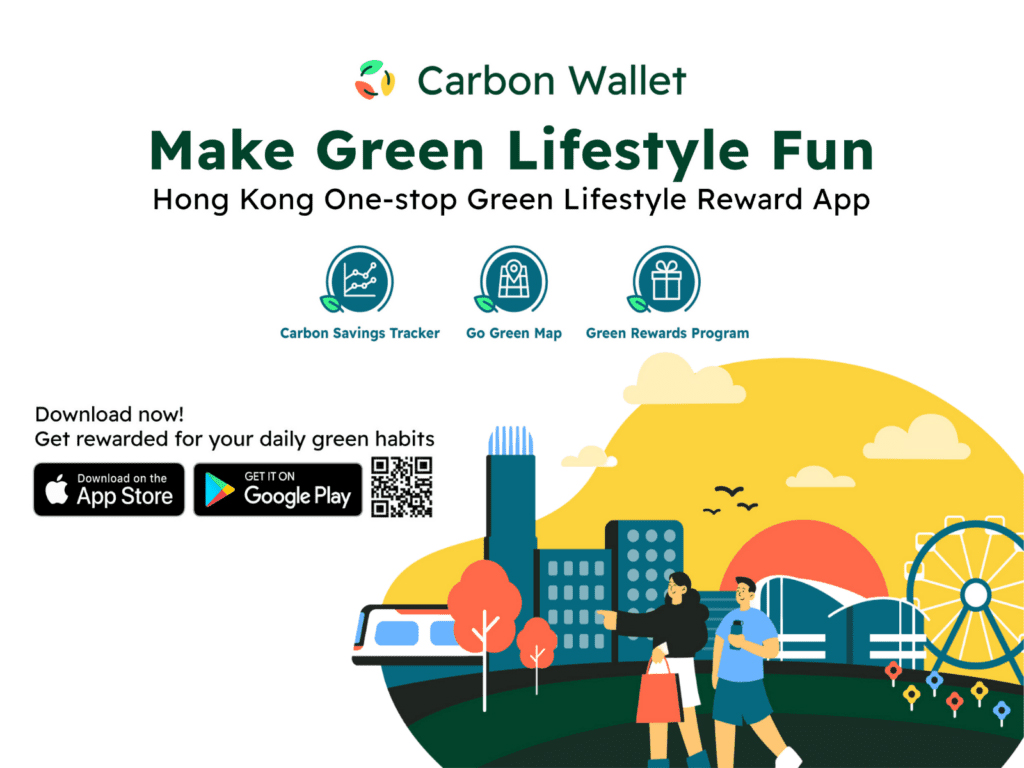Highlights
- Sustainability should feel good in the moment
- Guilt doesn’t always spark consistent action
- Sustainability should not feel like a sacrifice
- Integrate rewards at all touch points
- Micro incentives matter
- People should feel that their small choices matter
A few weeks ago, I was in a grocery store, watching a mother gently nudge her son to pick the paper-wrapped chocolate instead of the plastic-wrapped one. The kid looked up and asked, “Why does it matter?” She smiled and said, “Because it’s better for the Earth.”
That moment stayed with me—not because it was rare, but because it captured something deeper. It was a simple decision, wrapped in care, passed from one generation to the next. And it reminded me of a growing truth: people genuinely want to do the right thing.
We want to be better. We carry reusable bottles (when we remember), we recycle (most of the time), and we try to choose the “eco-friendly” option at the store (if it’s not too expensive or inconvenient).
When sustainability feels good in the moment, not just as an idea for the future, it starts to stick. And when that good feeling is reinforced with something tangible, whether it’s points, perks, or even public recognition, people keep going. That’s the magic of green rewards.
Why Incentives Work Better Than Guilt
Traditional sustainability messaging leans heavily on guilt: “Save the planet before it’s too late.” While the urgency is real, guilt doesn’t always spark consistent action. People respond better to positive reinforcement—a high-five instead of a finger-wag.
Think about fitness apps. They don’t just tell you to get off the couch. They cheer you on, show your progress, give you badges, and reward consistency. Now imagine applying that same approach to sustainable behavior.
Instead of just asking people to recycle more or use public transport, brands can reward them for it. Suddenly, sustainability is no longer a sacrifice—it’s a win-win.
What Are Green Rewards, exactly?
Green rewards are incentives people earn for taking eco-conscious actions in their daily lives. And the beauty is, they can be integrated into almost any consumer touchpoint.
Here are some examples:
- Taking your own bag to the grocery store? Get points.
- Opting for digital billing? Earn a discount.
- Buying from a local vendor? Claim a cashback.
- Switching to public transport? Unlock a reward tier.
- Recycling electronics responsibly? Redeem for gift vouchers.
These rewards can be monetary, experiential, or even charitable (like donating your points toward planting trees or supporting green startups). The key is: they make doing the right thing feel instantly rewarding.
How It Works: Behavior Science Meets Eco-Consciousness
Let’s get into psychology for a second. Why do rewards work so well?
Because our brains are wired for instant gratification. Even if we know that using less plastic helps the planet, it’s hard to stay motivated when the result feels invisible or too far in the future.
That’s where micro-incentives come in. They close the loop—action, reward, repeat. Over time, those positive experiences build emotional connection, pride, and even social currency. People don’t just feel good about the planet; they feel good about themselves.
And when you introduce gamification—leaderboards, milestones, achievements, it taps into our natural competitiveness. Add a social layer to it, and boom: sustainability becomes contagious.
How Businesses Can Build Green Reward Programs
Building a green rewards ecosystem isn’t just about slapping a few eco-points onto your loyalty app. It requires a thoughtful approach:
1. Define Sustainable Behaviors to Promote
Start with behaviors aligned to your brand and industry. For a retail company, that might be incentivizing eco-friendly product purchases. For a bank, it could mean encouraging paperless banking or EV loans.
2. Use AI to Personalize Engagement
Not all consumers care about the same issues. Use AI to segment your audience and tailor green nudges accordingly. For example, someone passionate about clean energy might respond better to solar-focused rewards, while another might prefer eco-travel incentives.
3. Make It Measurable
People love to see their impact. Track CO₂ saved, trees planted, or plastic reduced. Show their journey. Celebrate their milestones.
4. Celebrate the Journey
Build a community around your program. Recognize top performers, share their stories, and let users compare progress. Turning sustainability into a shared mission builds lasting momentum.
Beyond Consumers: Green Incentives in the Channel
Interestingly, this approach doesn’t stop at consumers. We’re also seeing brands using Green Rewards to engage their channel partners—distributors, sales agents, field reps. When a distributor gets recognized and rewarded for switching to paperless invoicing or optimizing logistics for fuel efficiency, they’re more likely to keep doing it.
In fact, channel loyalty is where a lot of untapped impact lies. And it’s an area where we are doing a lot of exciting work.
Why Green Rewards Matter for Businesses
Beyond doing good, green reward programs are a smart business strategy.
- Consumer Preference: Gen Z and Millennials actively seek eco-conscious brands.
- Brand Loyalty: People are more loyal to brands that share their values.
- Regulatory Edge: Governments are offering incentives for sustainable programs—especially in sectors like FMCG, mobility, and BFSI.
- ESG Goals: Green rewards help companies hit ESG targets while engaging customers and partners.
In short, when businesses reward green behavior, everyone wins—people, planet, and profit.
This Isn’t Just Loyalty—It’s Legacy
We often think of incentives as tools for short-term gain. But when done right, they can spark long-term change. Green Rewards aren’t just about points or perks. They’re about aligning everyday actions with a larger purpose.
At the end of the day, people want to feel that their small choices matter.
And if we can build systems that help them do that—while supporting business goals, environmental targets, and community impact—then we’ve got something truly powerful.
We’re not just building better loyalty programs. We’re building better habits. Better outcomes. A better future.
And in my opinion, that’s the most rewarding thing of all.
Almonds Ai, a leading channel loyalty, rewards and solutions company recently secured an INR 16 crore seed funding round led by the promoters of Haldiram’s, one of India’s most iconic and successful snack food enterprises at an undisclosed valuation.
Abhinav Jain, Co-Founder and CEO, Almonds Ai











